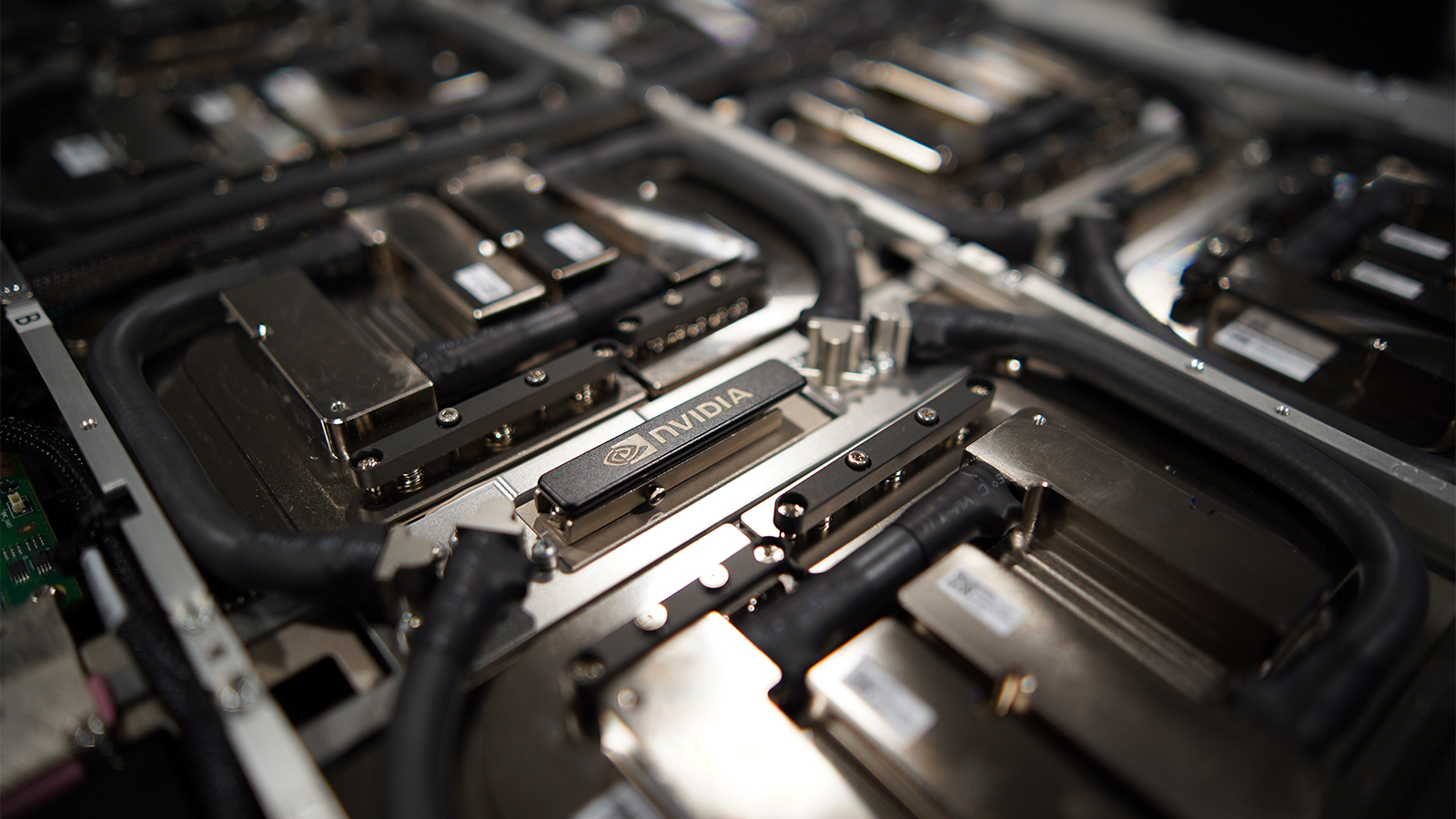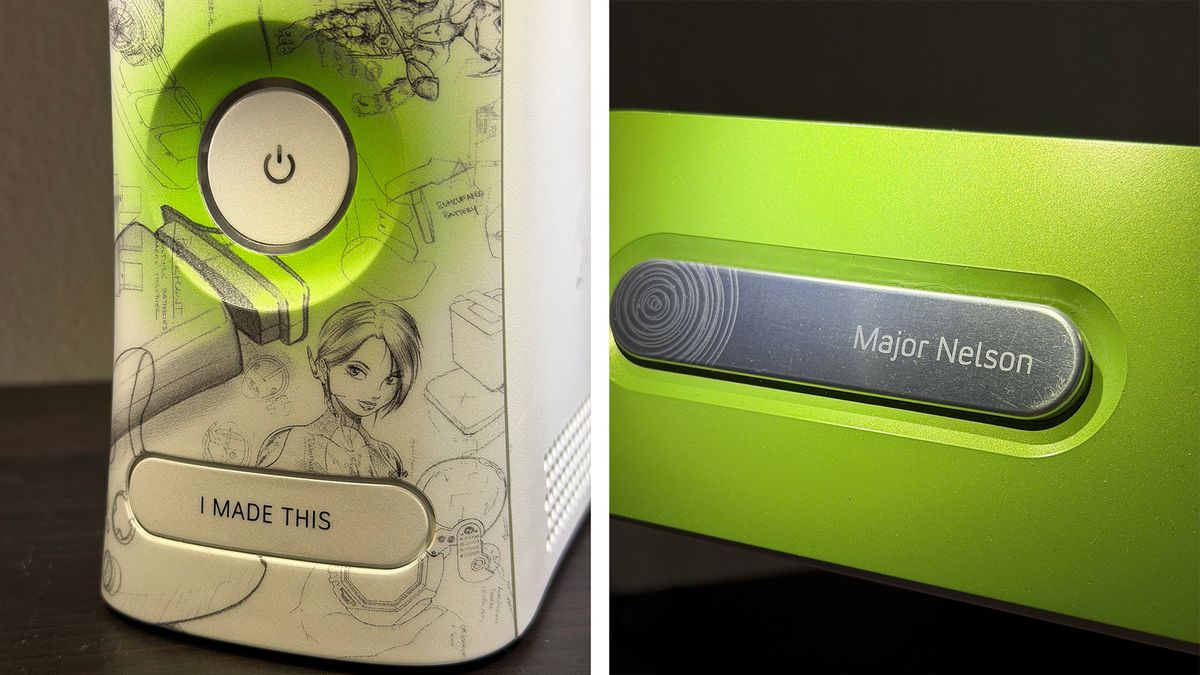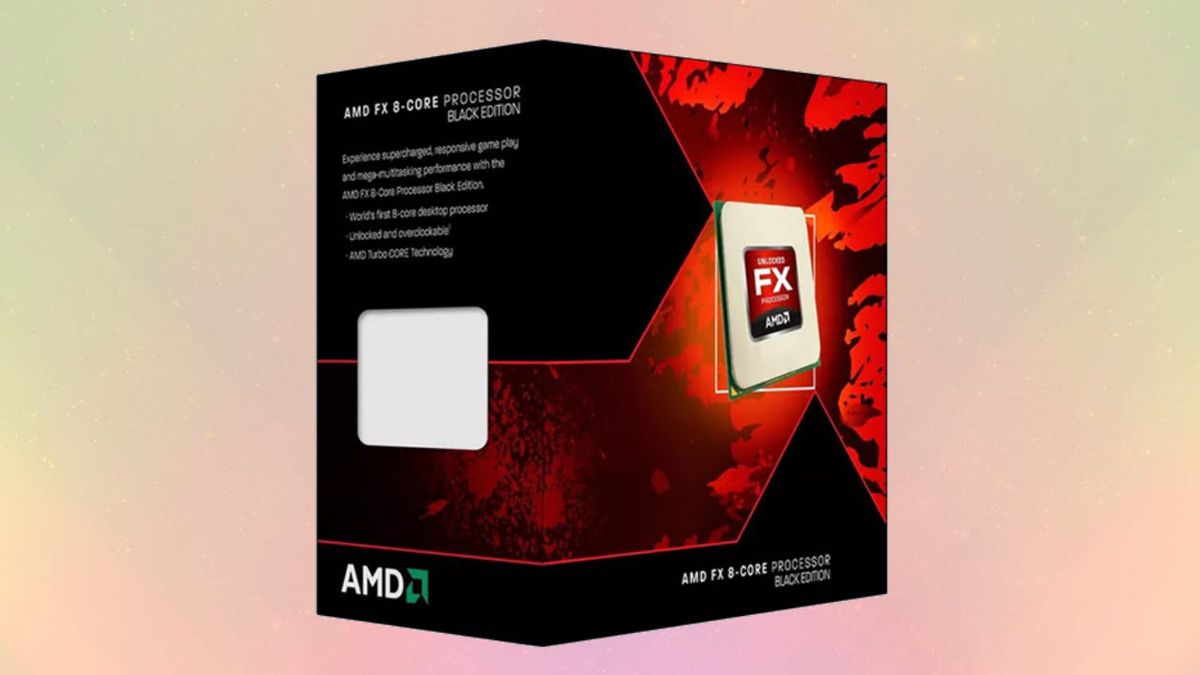Nvidia's recent move to partially open its NVLink interconnect through its NVLink Fusion program has triggered significant interest across the industry, as eight companies have expressed interest in developing CPUs and semi-custom silicon for Nvidia's ecosystem. However, as it turns out, Nvidia retained some of the key NVLink components closed from its partners and may even decide not to grant licenses to certain products and bar their entry into the ecosystem, reports DigiTimes.
Alchip Technologies, one of a few companies permitted to engage with the program, claims that while it can develop full-stack NVLink implementation, it warns that its customers may struggle to deploy their solutions if Nvidia denies their access to certain layers of NVLink protocols. This is because the green company keeps access to protocols (beyond certain levels) gated while controlling the whole software stack. Also, Nvidia mandates a special license from parties that want to use NVSwitches to connect to its GPUs, which further complicates adoption of the technology more or less widely.
Nvidia's NVLink Fusion program by no means makes NVLink an open industry standard. Only select companies among Nvidia's partners get access to it. For now, these are IP companies Cadence and Synopsys; contract chip designer Alchip Technologies; developer of purpose-built connectivity solutions Astera Labs; and CPU designers Fujitsu, Marvell, MediaTek, and Qualcomm. However, there is a catch: only the CPU designers seem to be able to implement NVLink both on hardware and software levels.
Technologies like Nvidia's NVLink typically use multiple protocols, including physical layer protocol (PHY), data link layer protocol, transport protocol, memory coherence protocol, atomic operation protocol, and NUMA protocol. While companies like Alchip can get access to everything related to hardware, the software layer that is responsible for initiating and configuring links is still controlled by Nvidia, and therefore, Alchip clients must get a license and approval from it.
In addition to limiting availability of NVLink Fusion IP to select partners (which is not bad per se, so to speak), Nvidia also require developers of actual platform to implement at least one Nvidia product (CPU, GPU, Switch) into their platform, which brings it additional revenue, but somewhat reduces flexibility of such inventions.
Such a heavily controlled access to the NVLink limits practical use of third-party hardware and restricts seamless interoperability that open standards tend to provide (though NVLink does not seem to be an open standard). Analysts questioned by DigiTimes argue that Nvidia's dominance in AI hardware and its vertical control over software, pricing, and supply create little incentive for genuine openness. Therefore, the NVLink Fusion program looks more like a calculated effort to maintain goodwill among select partners, expand NVLink ecosystem in a controlled manner, enable customers looking for sovereignty to build their own CPUs or special-purpose accelerators, and reduce appeal of competing platforms with UALink, which are expected to start gaining traction in late 2026 – 2027.
At the end of the day, the biggest competitive risk for Nvidia is not a single highly successful product from its rivals, but a competing ecosystem that features multiple competitive processors tailored for specific workloads. While Nvidia cannot stop such an ecosystem from emerging, it can either delay the moment it thrives, or somehow get prepared for its emergence with the help of select partners while preserving its record-high margins.
Follow Tom's Hardware on Google News to get our up-to-date news, analysis, and reviews in your feeds. Make sure to click the Follow button.

 4 months ago
14
4 months ago
14










 English (US) ·
English (US) ·